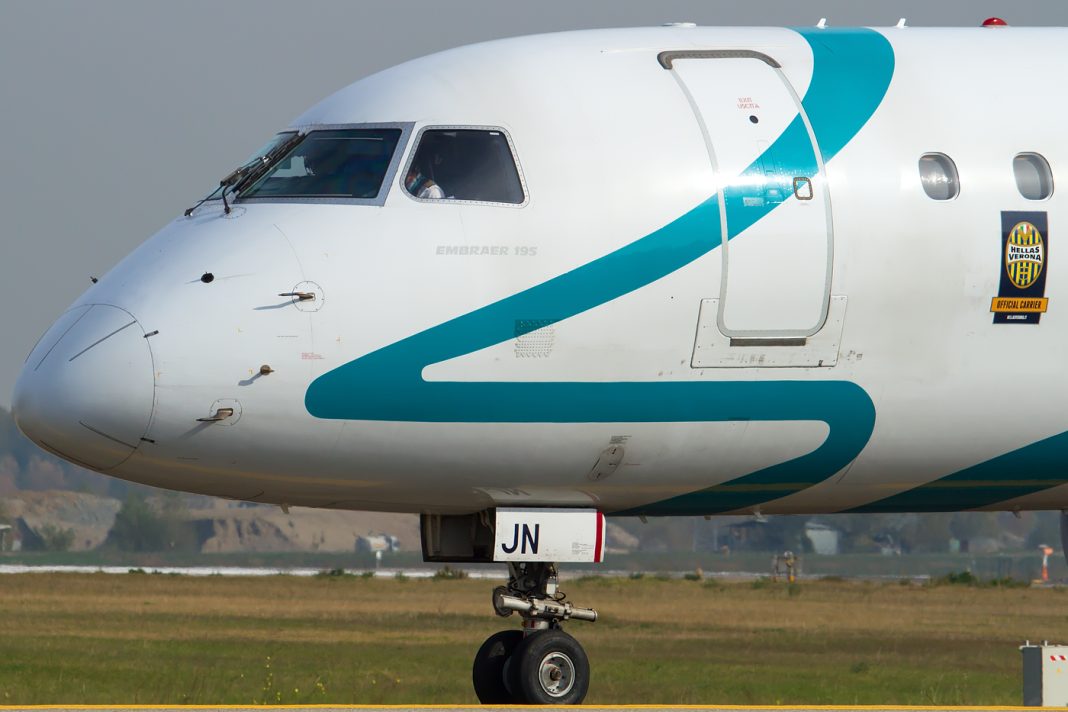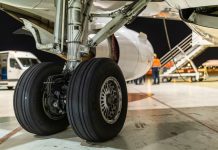Once again, in this section dedicated to fans of physics, engineering, technology, nuts and bolts, we’re looking at a fundamental component of aeronautics: the pitot tube.
The pitot “tube” or “probe” is a fundamental tool for flight data measurement on board an aircraft. Technically, it’s used to measure fluid flow speed and it was invented by the French engineer Henri Pitot.
Pitot was born in Aramon, near Avignon in 1695 and soon became a pioneer in studying the flow of fluids thanks to the key role he played in the construction of canals, bridges and the famous Montpellier’s aqueduct. Thanks to the introduction of his revolutionary invention in 1732, the scholar went beyond many theories developed by engineers and experts of his time.
The pitot tube is used on aircrafts and in the professional automotive field, such as Formula One, as a sensor to measure speed in relation to air or the speed of air flow in a wind tunnel.
So, how is it made? This important instrument is made up of a cylindrical body with a rounded front end. There are two openings in the tube: the static pressure opening, which is parallel to the air flow, and the stagnation pressure opening, which is perpendicular to the direction of fluid flow. The openings are connected to a differential manometer, a particular kind of manometer that measures speed by converting the difference between static and stagnation pressure into a speed value. Initially, the measurement was performed by a mechanical needle placed inside an “aneroid capsule”, but today the same task is performed by electronics and the data is transmitted straight to an on-board computer.
A pitot tube requires careful and constant maintenance as well as proper checks before flying. In order to not run the risk of the anemometer recording an increase in speed, for example, when the aeroplane is taking off, even if the real speed is stable, it’s essential to avoid clogging inside the tube due to ice, insects or debris. That’s why a warming element has been integrated into the probe to ensure it performs correctly even when outside temperatures are very low.
Our aircrafts (Embraer 195) rely on an even more advanced system, called Smart Probe. The principle is the same as that of a pitot tube, but the difference is that each Smart Probe includes a computer, which, thanks to some very complex processes, allow more in-depth data to be collected, such as altitude and the layout of the airplane, in addition to measuring speed.
On account of its importance and the need to have several of this instrument, our Embraer are equipped with four Smart Probes, constantly comparing against each other in order to verify the accuracy of data readings and thus guarantee accurate and reliable information is given to flight instruments and crews.
That’s all for today, self-proclaimed geeks and flight fans!
(Photo credits @PSC – Piti Spotter Club VRN)




